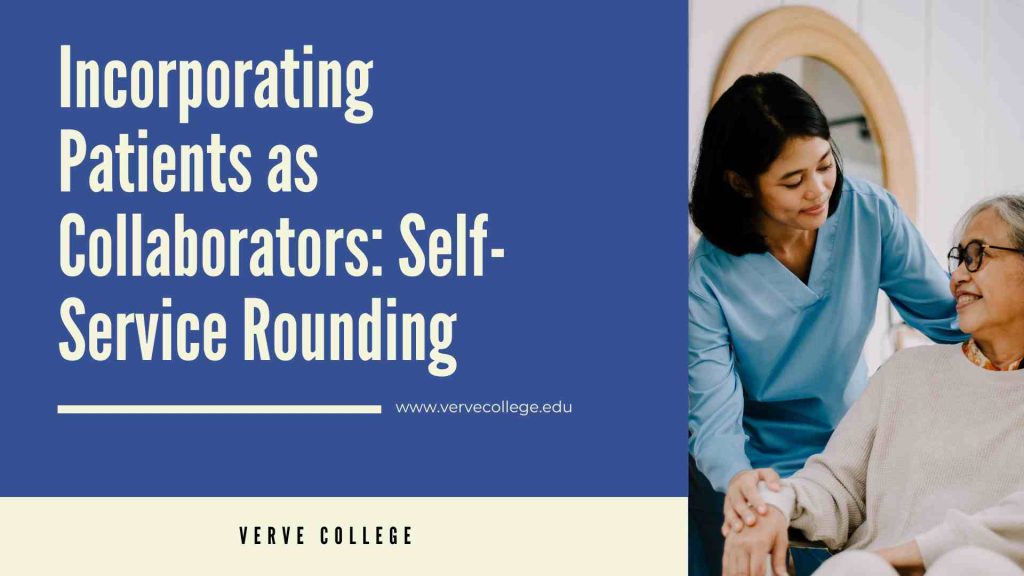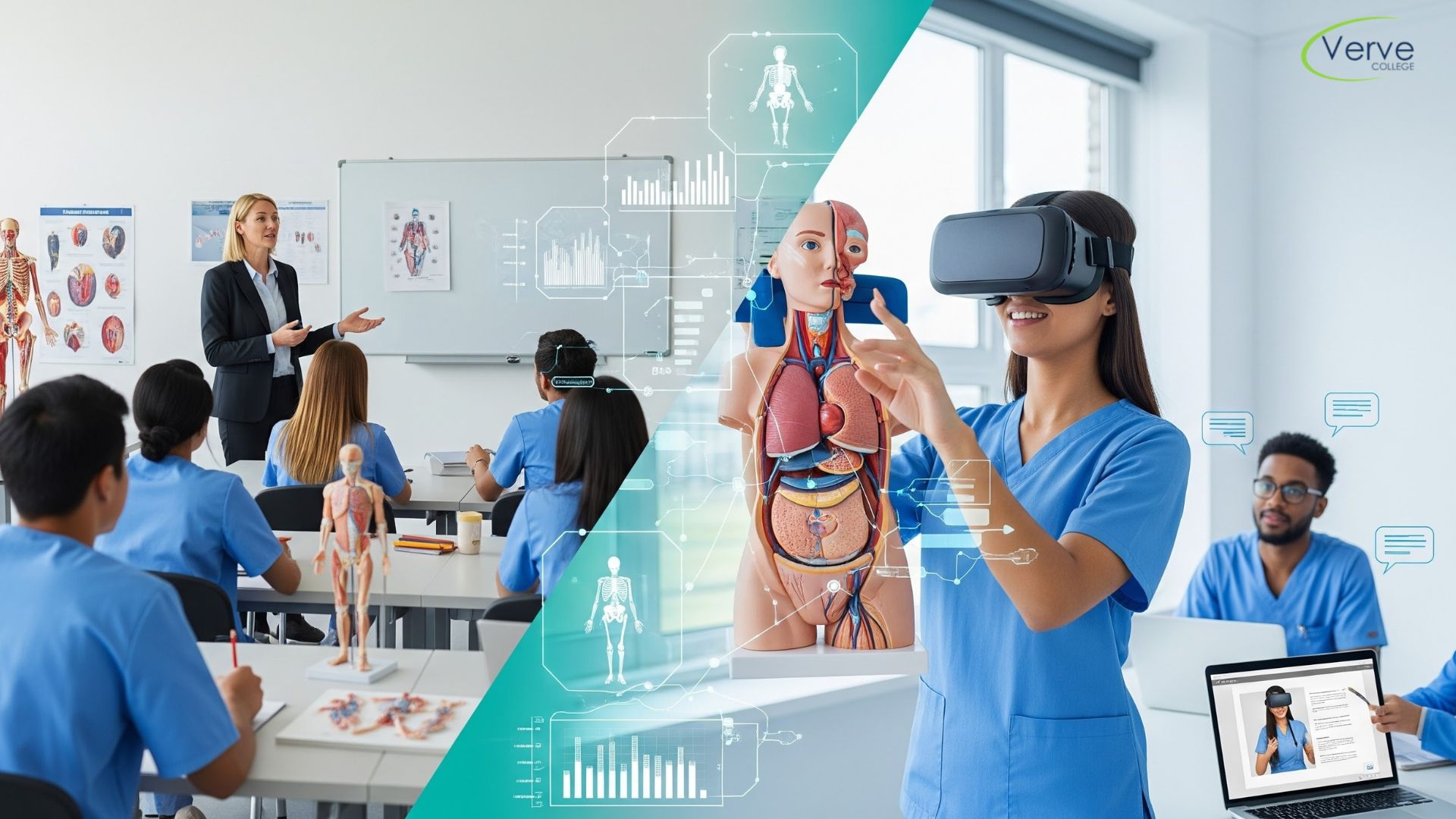- Oak Brook:(630) 705-9999
- Chicago:(312) 920-8822
- Email:inquiry@vervecollege.edu
- Make a Payment
- Home
- Programs
- Admission
- Resources
- ATI Entrance Exam Resources
- New E-Digital Library
- Refer a Friend
- School Newsletter
- Events
- Employers
- Job-Network
- Alpha Beta Kappa Candidates
- Verve College Library
- Graduation and Pinning Ceremony Photo Galleries
- Textbook Information
- Career Services
- Tutoring
- School Catalog
- FAQ
- Constitution Day Program
- Alumni
- Verve College Plans
- Financial Aid
- HEERF Reporting
- Satisfactory Academic Progress
- Apply For Financial Aid
- Net Price Calculator
- Return of Title IV Funds (R2T4)
- Financial Aid Office Code of Conduct
- Contact
- FAQs
- Verification Policy
- Vaccination Policy
- Student Right-to-Know Act
- Misrepresentation
- Information Security Program
- Academic Award Year
- Availability of Employee
- Cost of Attendance
- Health & Safety Exemption Requirement
- Students Rights and Responsibilities
- Leave of Absence
- Pell Formula
- Military Students
- Grants/ Scholarship Policy
- Contact Us
- Testimonials
- Blog
Is a Nursing Career Right For You?
Take The Free Quiz
Incorporating Patients as Collaborators: Self-Service Rounding
Incorporating Patients as Collaborators: Self-Service Rounding
Automation in healthcare settings across all settings – pre-care, point-of-care, and aftercare – has long been recognized as an imperative. Self-service rounding is a novel method for health systems to partner with their patients by giving them real-time feedback channels for real-time healthcare input in clinical setting. Empowering patients with this decision-making power will improve satisfaction, build trust, and allow staff to allocate resources more effectively.
Self-Service Rounding by Health Systems
Health systems use self-service rounding as a strategy to:
Utilizing QR codes as flexible entry points or SMSs from patients’ devices is a way to offer adjustable entry points into care programs. Engaging patients through personalized conversations is another excellent way to keep them involved. Care providers gain knowledge from accredited LPN programs with prerequisite courses from community college of nursing that requires a clinical rotations and should be alerted of issues or complaints quickly to provide faster services. But before enrolling in excellent nursing programs, they must check the accreditation status of any program.
Prioritize Rounding List With Self-Rounding Insights
Providers can bolster staff morale at a time when over 100,000 nurses left in just the past two years, and more than 600,000 plan to go by 2027. Self-service Rounding enables remaining staff to work more efficiently as it allows them to avoid visiting every patient; instead, they can respond immediately when patients require assistance.
Visibility of patient experience needed to be improved, making it more difficult for staff to identify areas for improvement, make changes, check vital signs and increase patient satisfaction. Vocational nurse or healthcare team well-being has since improved as a result of this invisibility.
- They reduce staff hours and engage patients during key moments by offloading manual work. Spend more time with patients instead of rushing toward another round. Receive positive feedback, recognition, and acknowledgments from them to strive to academic excellence.
- Patients can become active participants in their healthcare & in long-term care facilities
- by answering queries using self-service rounding on their devices at clinical sites.
Related:- Revolutionizing Healthcare: Automated Incident Management and Reporting
Give feedback at any time without waiting for post-discharge rounds or outreach initiatives to do it. Bring up questions relating to your background checks and journey while getting an overall perspective through personal and self-rounding insights.
Why Self-Serviceability, Why Now?
Why now? Self-serviceability can be utilized across various clinical environments, such as emergency departments, inpatient units, and ambulatory centers. Self-service benefits staff and patients: the team can save time prioritizing rounds based on patient responses while patients gain more control over their hands-on experience.
Patients increasingly act like consumers, comparing their experiences across industries with the ease and autonomy they enjoy when navigating them – whether self-checkout at supermarkets or making transactions using smartphones. Patients-consumers want experiences tailored to meet their needs – 71% expect businesses to provide personalized interactions. In comparison, 76% become frustrated if they do not.
Current industry patient rounding clinical practices are less than ideal; practical nurses or licensed nurse need more time due to staff shortages to visit all their patients regularly, leaving staff tired and burned out, with rounding being perceived as unpleasant. Language barriers for non-English-speaking patients create additional hurdles to communication as they need help to provide feedback or may feel reluctant. Instead of asking each patient the same generic questions at every round, personalizing questions with unique responses for each situation may prove more helpful for everyone involved.
Staff must be aware of what is occurring at their patient’s bedside. To effectively respond in time and gain patients’ trust, staff require better visibility into what experiences are happening for patients – both good and bad at critical moments – to provide timely assistance and gain their trust.
Self-service rounding is another approach integral to patient-centric healthcare, where staff and providers who acquire education courses from private schools or from the best nursing colleges in Illinois (nursing schools) for practical nursing programs to enter in nursing profession or for gaining a clinical experience can rapidly address patient needs in real-time, offering digital conveniences they have come to rely upon elsewhere and building trust within the healthcare system. By engaging and connecting patients themselves more directly with healthcare facilities, this method increases patient satisfaction, loyalty, and health outcomes overall.
 Sign up
Sign up Login
Login




